The ambitious Line City project in Saudi Arabia has captured global attention with its futuristic urban design and architectural marvels. Among its most intriguing components is the proposed concert hall, designed to achieve what many considered impossible: a zero-echo acoustic environment. This groundbreaking concept challenges conventional wisdom in acoustical engineering and raises profound questions about the future of performance spaces.
Traditional concert halls rely on controlled reverberation to enhance musical performances. The interplay of sound reflections creates richness and depth, qualities cherished by composers and audiences alike. Yet the Saudi design team, collaborating with avant-garde acousticians, has pursued a radically different path. Their vision for the Line City concert hall embraces anechoic principles typically associated with scientific laboratories rather than cultural venues.
The technical hurdles involved in creating a large-scale performance space with near-perfect sound absorption are staggering. Engineers must develop new composite materials capable of eliminating reflections across the entire audible spectrum while maintaining aesthetic appeal. The team has reportedly experimented with nano-porous meta-materials and fractal surface geometries that dissipate sound energy through microscopic air friction rather than conventional absorption.
What makes this endeavor particularly fascinating is its cultural context. Saudi Arabia's Vision 2030 initiative has positioned the kingdom as a hub for technological and artistic innovation. The Line City project, with its 170-kilometer linear urban form, already represents a dramatic departure from traditional city planning. The concert hall's design philosophy extends this spirit of radical innovation into the realm of auditory experience.
Musicians who have participated in preliminary tests describe the effect as both disorienting and revelatory. Without the familiar acoustic cues provided by room reflections, performers must recalibrate their listening and adjust their technique. Early experiments suggest that certain electronic and amplified music forms may benefit tremendously from the purity of direct sound, while acoustic instruments present more complex challenges.
The psychological impact on audiences represents another fascinating dimension. Human spatial hearing relies heavily on reflected sound to perceive environment and distance. In an environment that eliminates these cues, listeners may experience unusual perceptual effects. Some test subjects report heightened focus on the music itself, while others describe a sense of auditory disconnection from physical space.
Critics within the acoustical community have raised important questions about the project's musical validity. The rich reverberation of great concert halls like Vienna's Musikverein or Boston's Symphony Hall has evolved through centuries of refinement. These spaces create an acoustic symbiosis between performer and environment that many consider essential to classical music's emotional impact. The Saudi team counters that their design doesn't seek to replace traditional halls, but rather to expand the spectrum of possible listening experiences.
Beyond its musical applications, the research emerging from this project may find uses in numerous fields. The materials and techniques developed could revolutionize noise control in urban environments, improve recording studio design, or enhance virtual reality audio systems. The military and aerospace industries have also shown interest in the sound suppression technologies being pioneered.
As construction progresses, the world watches with fascination. Whether the Line City concert hall succeeds in its ambitious goals or not, its very conception has already pushed acoustic science into uncharted territory. The project stands as a bold statement about Saudi Arabia's evolving cultural ambitions and the potential for technology to transform our most fundamental sensory experiences.
The completion timeline remains uncertain, with technical challenges continually emerging. However, the design team remains committed to their vision of creating not just a concert hall, but an entirely new paradigm for auditory experience. When finished, this venue may well redefine what we consider possible in architectural acoustics and change how future generations experience live performance.

By Victoria Gonzalez/Apr 14, 2025

By Ryan Martin/Apr 14, 2025
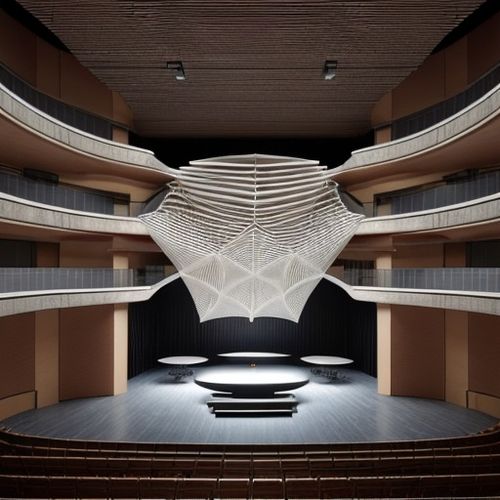
By John Smith/Apr 14, 2025

By Eric Ward/Apr 14, 2025

By Victoria Gonzalez/Apr 14, 2025

By Ryan Martin/Apr 14, 2025

By James Moore/Apr 14, 2025

By Megan Clark/Apr 14, 2025
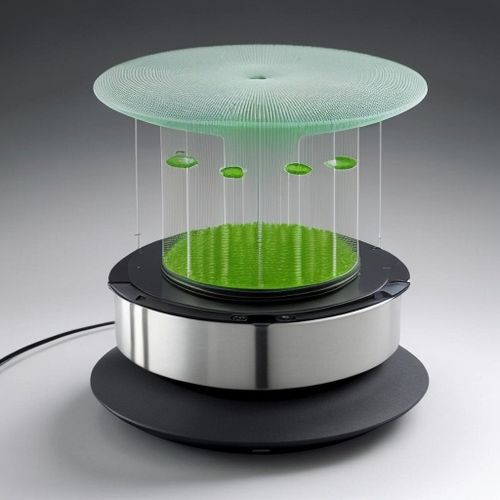
By John Smith/Apr 14, 2025
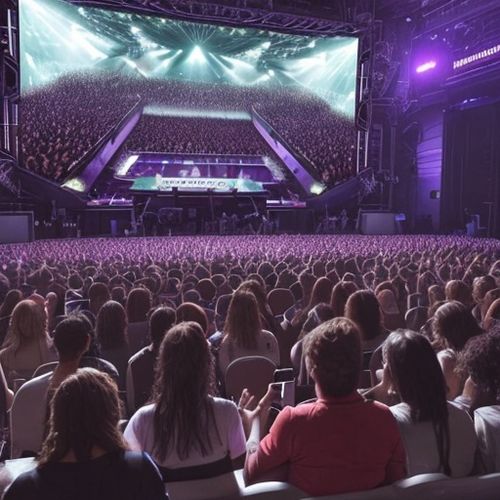
By Joshua Howard/Apr 14, 2025
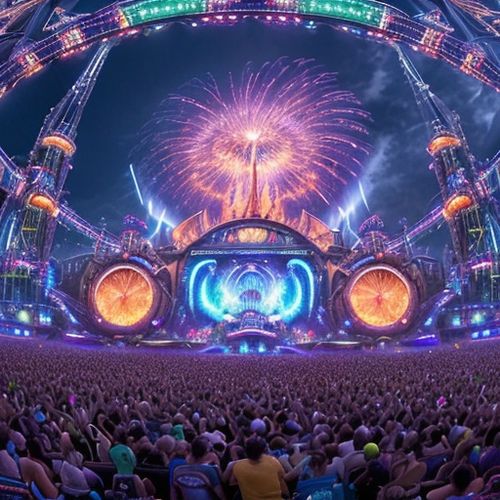
By Laura Wilson/Apr 13, 2025
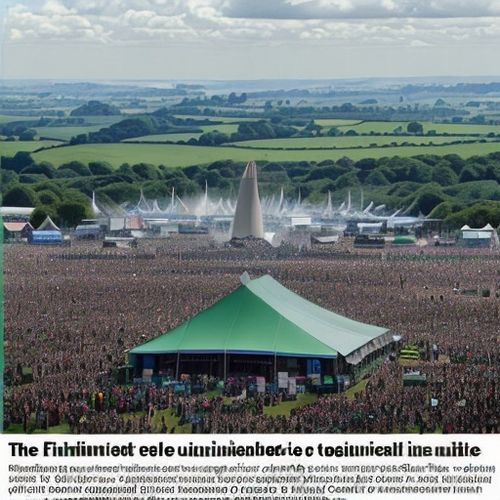
By Grace Cox/Apr 13, 2025
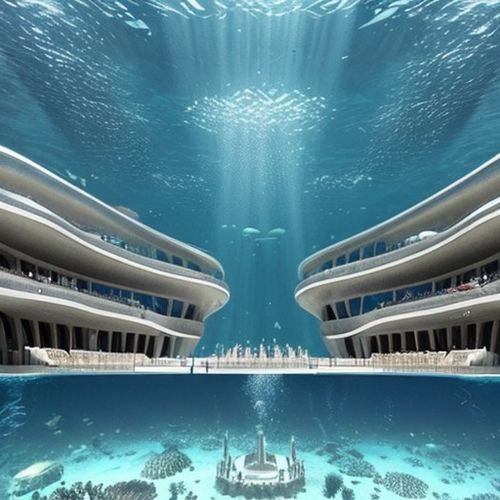
By Benjamin Evans/Apr 13, 2025
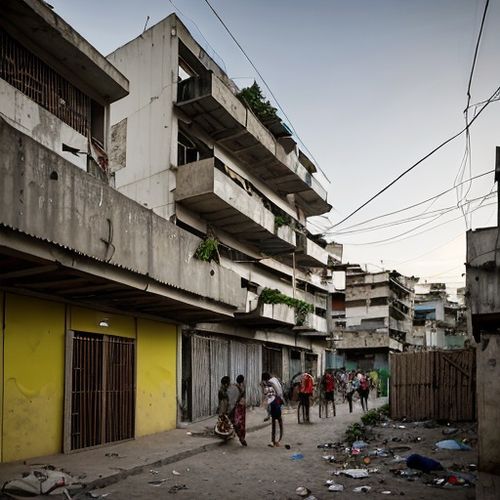
By George Bailey/Apr 13, 2025
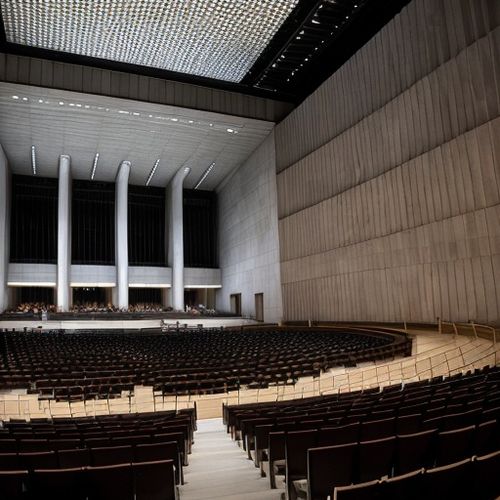
By David Anderson/Apr 13, 2025
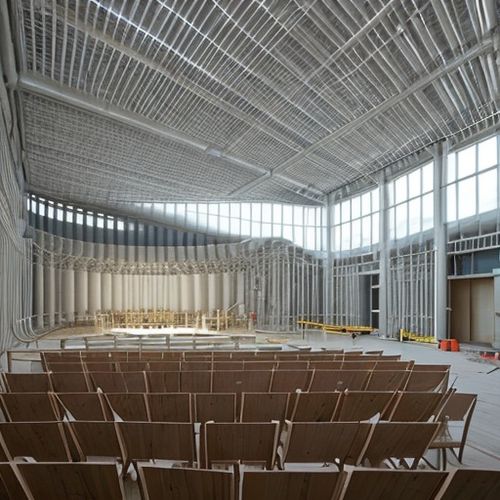
By Grace Cox/Apr 13, 2025
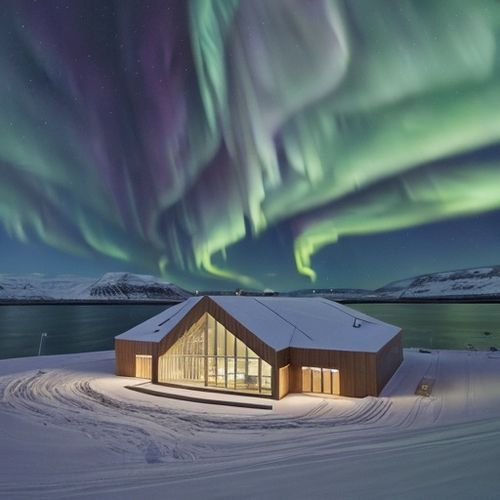
By William Miller/Apr 13, 2025
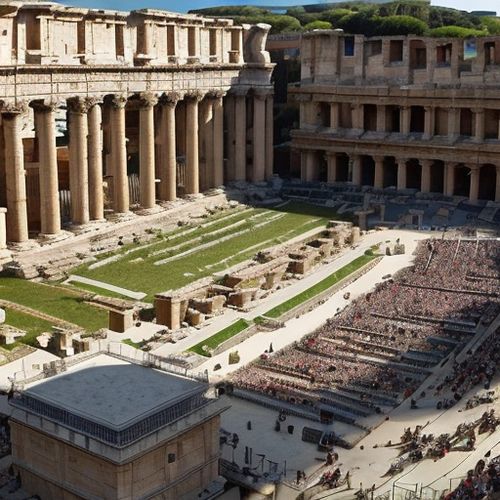
By Rebecca Stewart/Apr 13, 2025

By William Miller/Apr 13, 2025
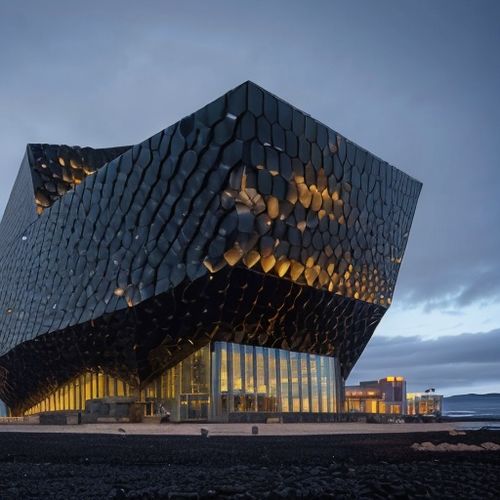
By Daniel Scott/Apr 13, 2025